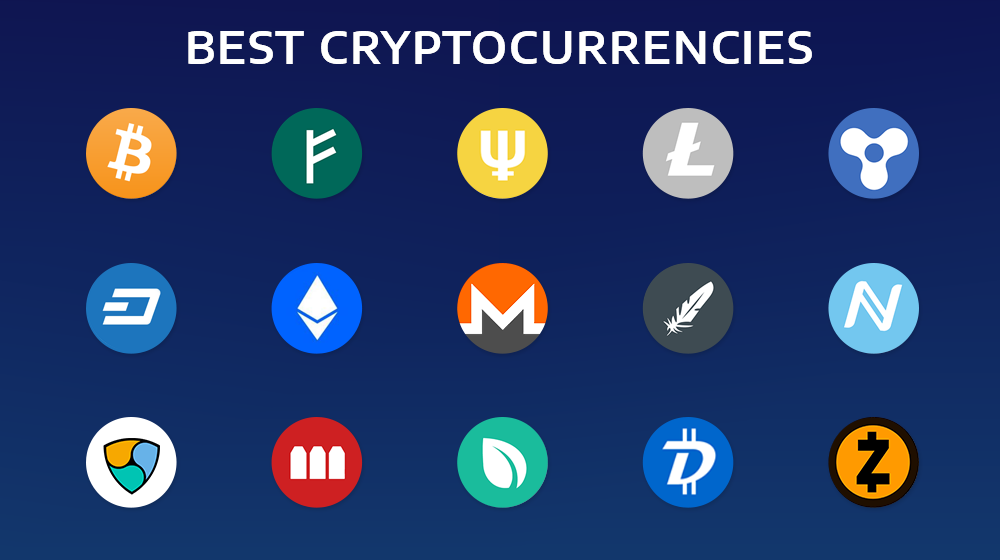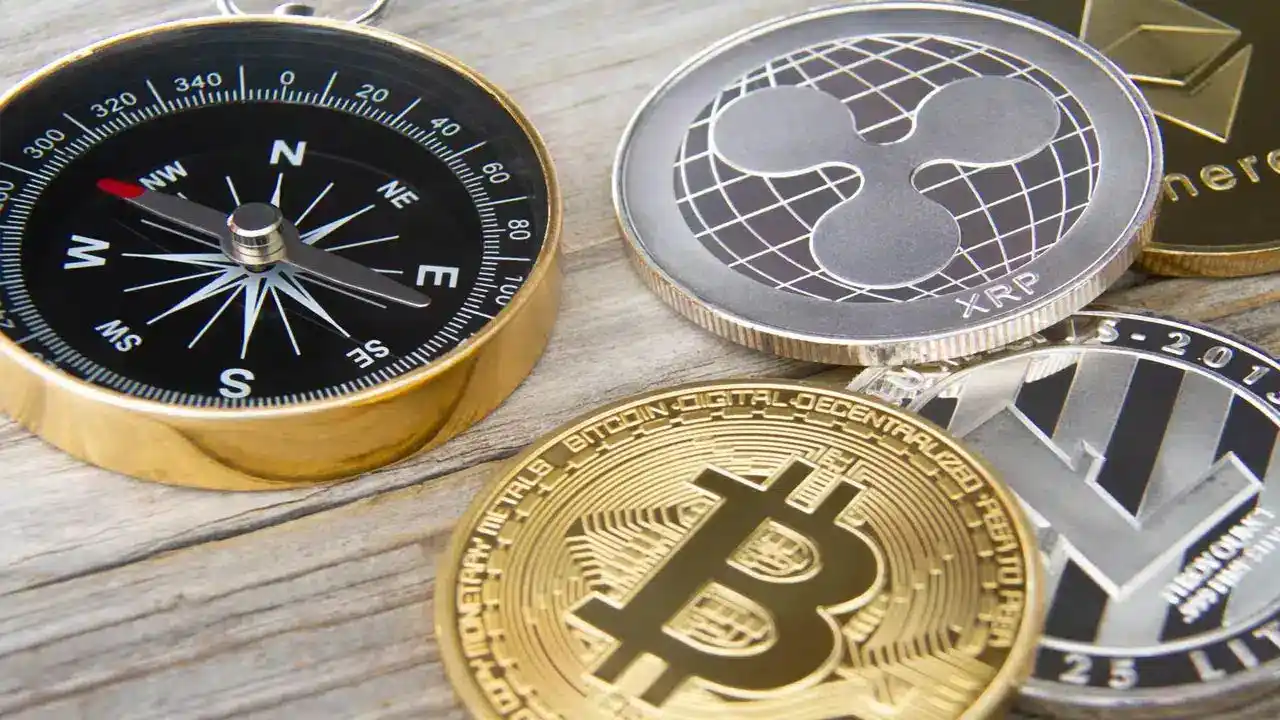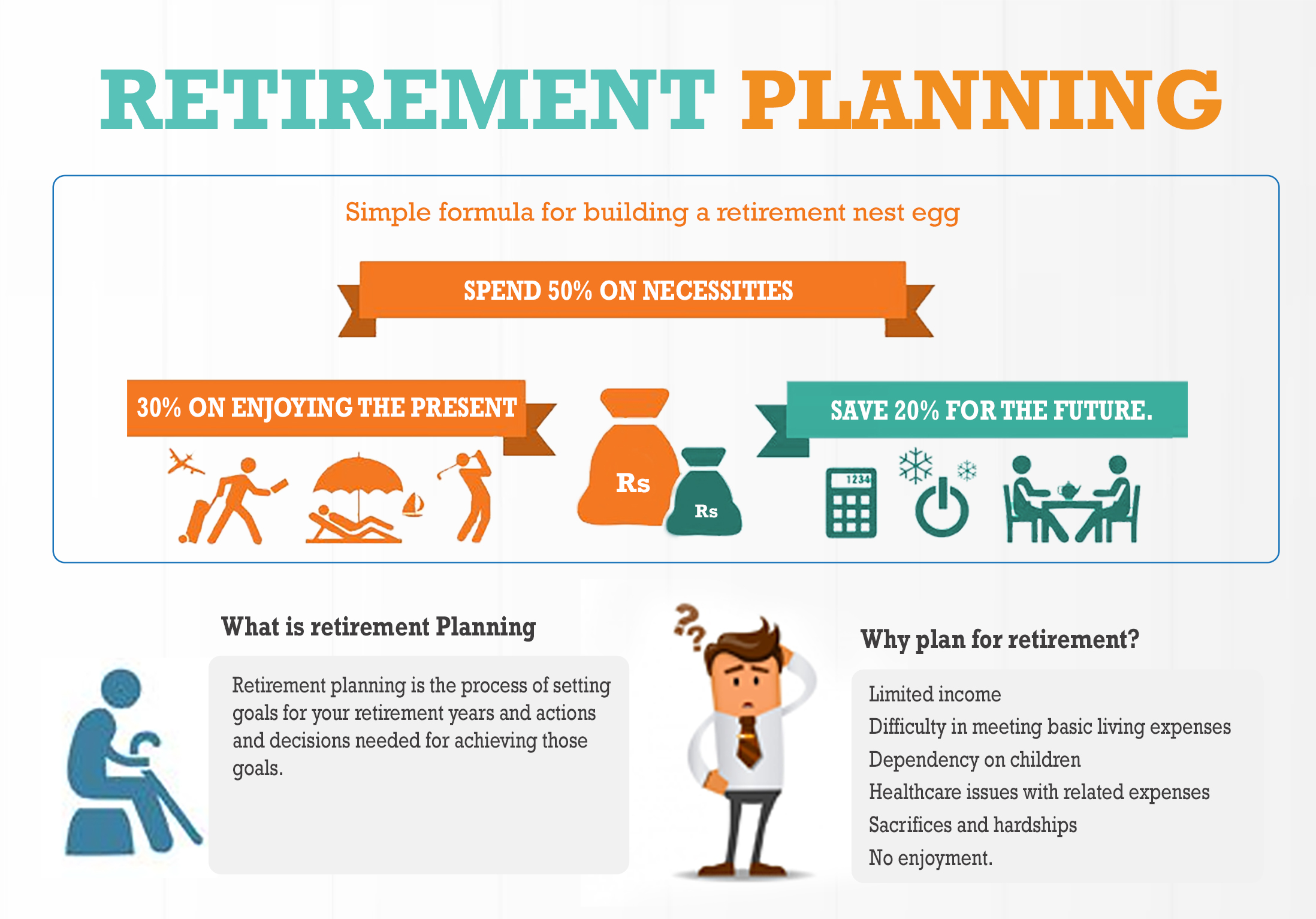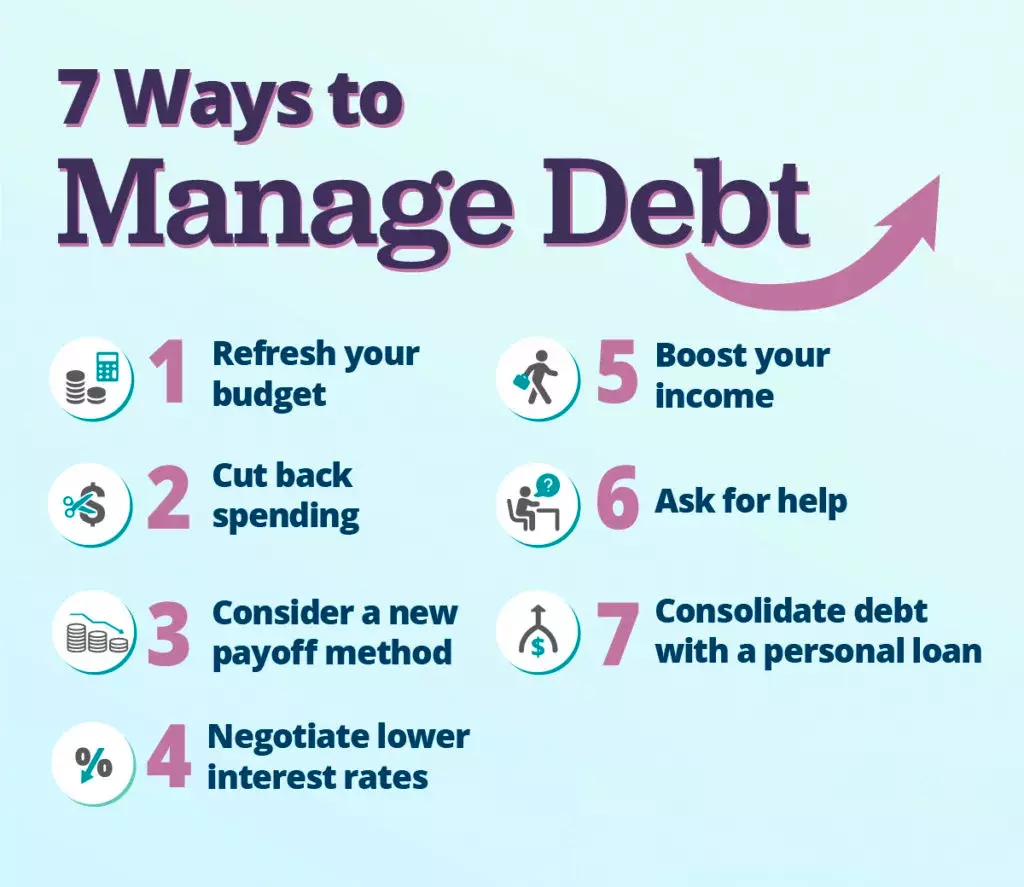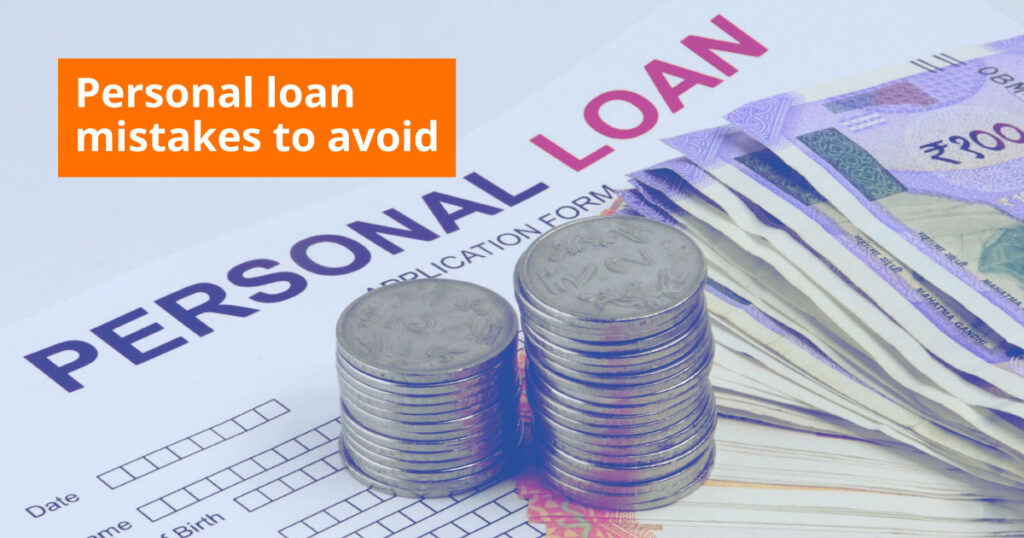In a time when conventional savings accounts often yield very low interest, finding a savings account that provides meaningful returns is increasingly important. In this article we explore the global landscape of high-interest savings accounts, highlight where the best rates currently are, and outline how to select the right account for your needs. We then provide actionable insights to help you make informed decisions.
Understanding the High-Interest Savings Account Landscape
What qualifies as a “high-interest savings account”
A high-interest (or high-yield) savings account is a deposit account that offers a rate of return significantly above the national or regional average for standard savings accounts. These accounts generally allow you to withdraw funds, though in some cases there may be restrictions depending on the country or bank. The aim is to let your cash work harder while retaining liquidity.
Why rates vary so much around the world
There are several reasons why interest rates differ:
- Central bank policy rates and inflation levels influence how much banks can afford to pay depositors. For example, in developed countries policy rates may be lower or more stable, while in emerging markets rates may be higher to compensate for inflation or currency risk.
- Regulatory and insurance frameworks vary. Some countries have strong deposit insurance schemes, others less so, which can affect how much risk a bank is willing to assume in offering high rates.
- Account features such as minimum balances, required deposits, loyalty conditions or bonus structures also affect effective yields. Some of the highest advertised rates come with strings attached.
What to watch out for
When selecting a high-interest savings account consider:
- Whether the interest rate is guaranteed or promotional
- The frequency of interest compounding (monthly, daily, annually)
- Minimum balance or deposit requirements
- Withdrawal or transaction restrictions
- Insurance or protection on your deposits
- Currency or inflation risk, especially if the account is offered in another country
Top Rates and Examples in Key Markets
Below are some notable savings-account examples and rate levels in key markets as of 2025.
United States and Canada
In the U.S., online banks and digital savings platforms are offering some of the highest APYs (Annual Percentage Yields). According to recent data:
- Several U.S. banks offered around 4.4% APY or even up to about 5.0% under certain conditions.
- In Canada the high-interest savings account rates were somewhat lower, often in the 2.5%-3.0% range (for certain institutions) though rates vary significantly.
Europe
Rates in Europe tend to be moderate compared to some emerging markets but still higher than typical savings accounts of the past decade. For example:
- Some European platforms listed savings-type offers with APYs of approximately 3.8% to 4.6% for bank deposits via comparison platforms.
- However, regulatory changes and country-specific factors can reduce rates. For example, in France the regulated tax-free savings account “Livret A” rate was cut to 1.7% from 2.4% in 2025.
Emerging and High-Rate Markets
In countries with high inflation or higher nominal interest rates, savings account yields can be much higher, but with added risk. For instance:
- Some developing countries report deposit interest rates in the double digits when measured nominally.
- In Pakistan a report showed savings account “profit rates” for savings accounts around 10.5%.
Global Comparison Snapshot
Here is a simplified global snapshot of typical high-interest savings rate ranges in 2025:
- Developed markets (online banks) : ~4%-5% APY in favourable accounts.
- Emerging markets / high inflation regions : ~7%-12% nominal or higher, though real return may be much lower after inflation.
How to Choose the Right High-Interest Savings Account
Selecting the best account involves comparing more than just the headline interest rate. Here is a step-by-step guide:
1. Verify deposit protection and regulatory environment
Ensure the institution offers deposit insurance or guarantee for your jurisdiction. The stronger the protection framework, the lower your risk.
2. Check interest rate terms and conditions
- Confirm whether the rate is introductory or long-term.
- Understand minimum balance or deposit requirements.
- Find out how often interest is paid and compounded.
- Check if withdrawals affect your rate or if there are limits on movement of funds.
3. Consider currency and inflation risk
If the account is in a foreign currency, fluctuations may affect the real value of your savings. Also, ensure the nominal rate is sufficient to beat or at least keep pace with inflation in that region.
4. Evaluate ease of access and liquidity
You may prefer easy access (withdraw anytime) or fixed term deposits for higher yield. Match the account type to your savings goal, short-term emergency fund versus longer-term savings.
5. Look at practical features and fees
Some accounts may charge monthly fees, require direct deposits, or reduce rates if criteria are not met. Choose accounts with low or no hidden costs.
6. Diversify if appropriate
If you have significant savings, consider spreading funds across multiple institutions or jurisdictions to reduce risk of institutional failure or regulatory changes.
Actionable Insights for Savers
Here are some practical actions you can take right now:
- Review your current savings account interest rate. If it is significantly below recent high-yield offers (~4%-5% in many developed markets), consider switching.
- If you have larger savings and are comfortable with moderate additional risk, explore accounts in emerging or high-rate markets, but carefully assess currency and political risk.
- Set up automatic transfers from checking into the high-interest savings account to ensure consistent savings and take advantage of compounding.
- Keep track of rate changes: many high-yield accounts in 2025 are sensitive to central bank policy changes. A rate that is high today may reduce later.
- Keep an emergency fund in a fully liquid account (so you do not lock your cash away) and then place additional savings in higher-yield accounts suited to your time horizon.
Summary
High-interest savings accounts in 2025 offer significantly improved returns compared to standard savings accounts, particularly in online and digital banking platforms in developed markets. Rates around 4%-5% APY are accessible in many cases. At the same time, emerging markets show much higher nominal rates, though they come with added currency and inflation risks. To make the most of these opportunities you should compare not only the interest rate, but also account terms, deposit protection, currency exposure, and your own savings goals. By acting now and choosing wisely you can ensure your cash is working harder without sacrificing safety or flexibility.
FAQs
What is considered a high interest rate for savings in 2025?
A rate significantly above the national traditional average often qualifies as high interest. In many developed-market online banks in 2025, rates of 4%-5% APY are among the stronger offers.
Can I access a high-interest savings account in another country?
Possibly, yes. Some banks allow non-residents or international customers to open savings accounts, but you must consider currency risk, foreign banking regulations, tax implications and how easily you can access your funds.
Are high-interest savings accounts riskier than regular savings accounts?
Not necessarily. The primary risk factors are currency changes (if foreign), changes in interest rates, and deposit protection strength. In most cases if the institution is in your home country and well regulated, risk remains low.
How quickly can I switch to a better savings account?
Switching is often straightforward for online accounts: compare offers, meet the requirements (minimum deposit, direct deposit etc.), open the account, transfer funds and begin earning. Be sure you won’t incur penalty or tie-up your funds during the switch.
Will inflation reduce the real benefit of a high-interest savings account?
Yes. Even if you earn 5% nominal interest, if inflation is 4-5% your real return (after adjusting for inflation) may be minimal or even negative. For the best real gains you want the interest rate to comfortably exceed expected inflation.
